How Districts Can Balance Consistency with Teacher Autonomy in Curriculum: The Cookbook Method
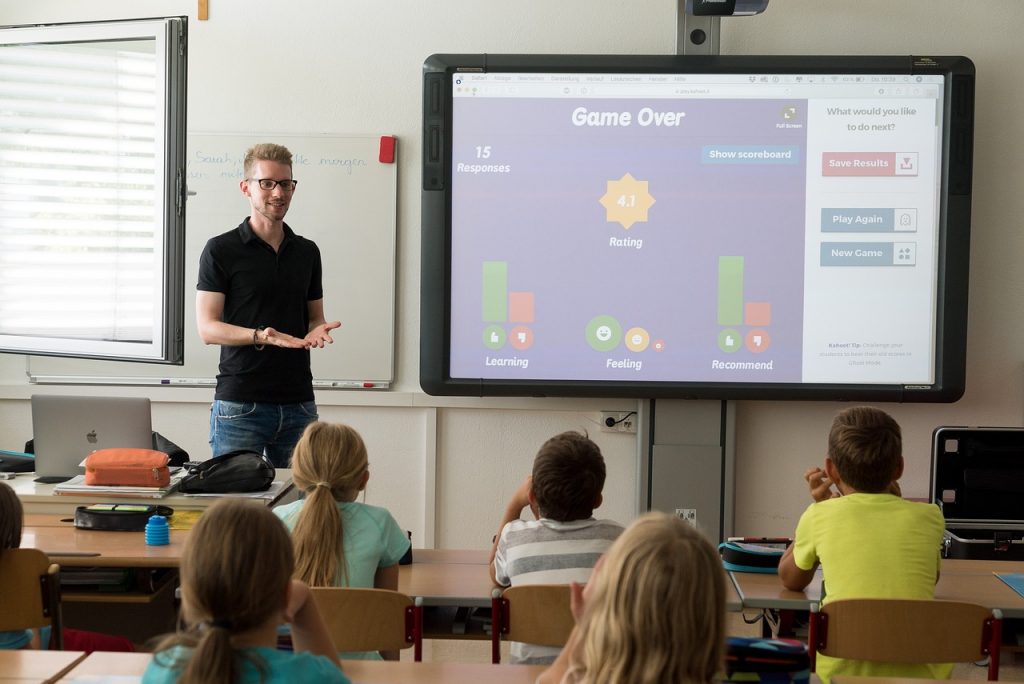
Teachers need autonomy. They need space to use their expertise to make lessons that are appropriate for their specific students each academic year. But a district also needs a systematic guaranteed and viable curriculum; we cannot simply leave it up to luck whether a some students get quality learning experiences and others do not. The […]
Quick and Easy Connect/Do Activities for All!

by Kate Wolfe Maxlow So, you’ve read the article on the AbCD (Absorb & Connect/Do) Learning Cycle, and you want to get started. But how, you’re wondering, can you incorporate this into your classroom without taking a ton of extra time? We’ve got you covered. Below are several easy ideas to get students Connecting information to […]
Is Your Whole School Greater than the Sum of Its Parts?
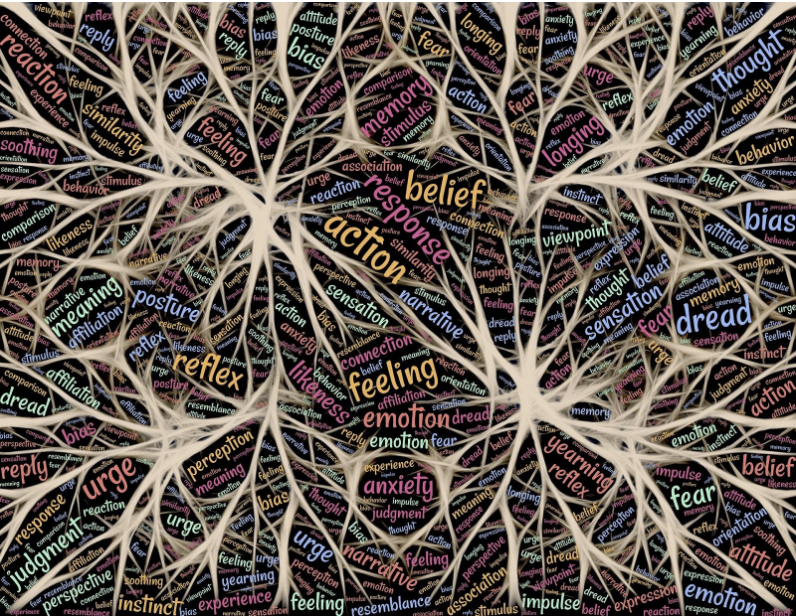
Your brain is made up of tons of tiny neurons. None of these neurons have conscious thought, yet all together, they result in the works of Shakespeare, the compositions of Mozart, and the creation of the internet. How? This is the concept of emergence: when the whole is greater than the sum of its parts […]
The Impact of Collective Efficacy on Student Achievement (Part 4)
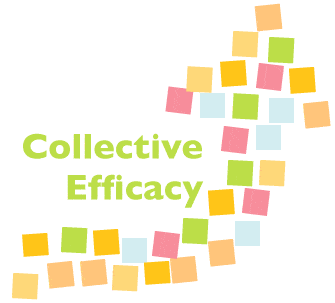
In the previous three parts of this blog, we have looked at the effect of collective efficacy on student achievement, influences upon collective efficacy and supports needed to foster collective efficacy. This final installment discusses a model for professional development for school leaders that enables them to foster a culture of efficacy in their building. […]
The Impact of Collective Efficacy on Student Achievement (Part 3)
In Parts 1 and 2 of “The Impact of Collective Efficacy on Student Achievement” we discussed the definition, effect size and influences on teacher efficacy. Part 3 of this series explores what supports need be in place to increase teacher efficacy. Support and Self Efficacy There is strong evidence that the level of support teachers […]
The Impact of Collective Efficacy on Student Achievement (Part 2)
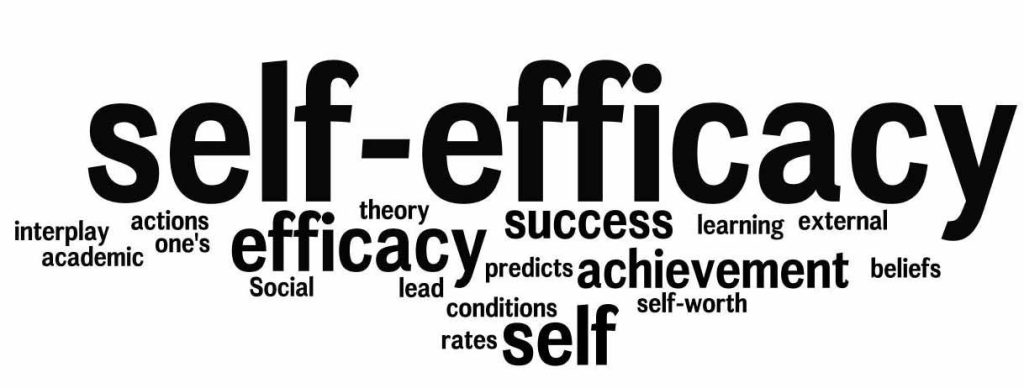
In “The Impact of Collective Efficacy on Student Achievement (Part 1)” we gave an overview of the definition and effect size of collective efficacy. Jenni Donohoo writes in “Fostering Collective Teacher Efficacy: Three Enabling Conditions” According to the Visible Learning Research (Hattie, 2012), this is more than double the effect size of feedback (0.75). Collective teacher efficacy […]
Building Capacity in Assistant Principals: Is on the job training enough? (Part 3)
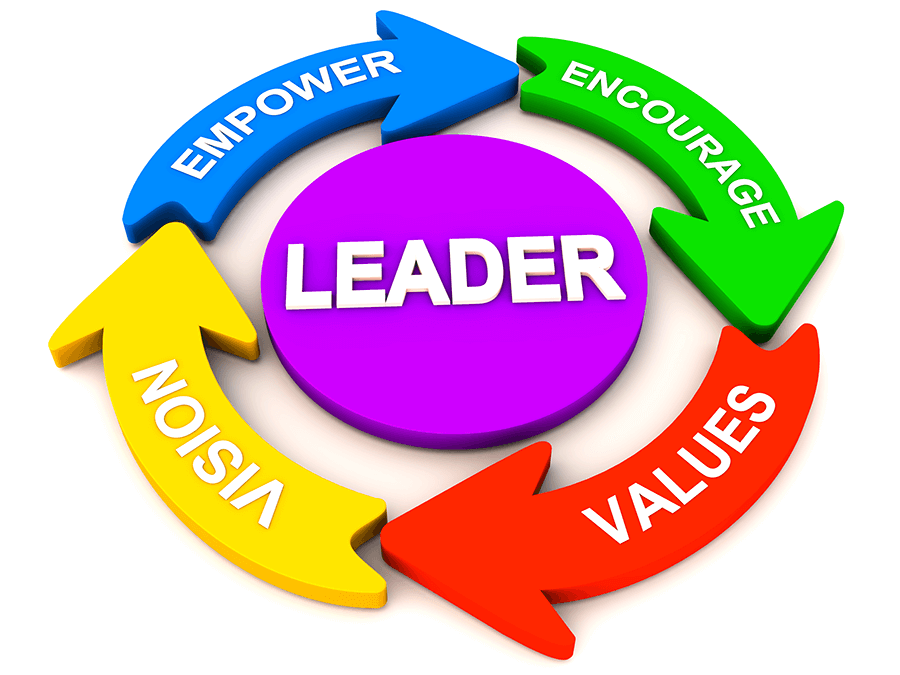
Developing Instructional Leaders In Part 1 of “Building Capacity in Assistant Principals” we looked at why it is important to work with your current assistant principals to develop their instructional leadership skills. In Part 2 we focussed on how to assess the readiness of your current APs and identify which will be ready to move […]
Building Capacity in Assistant Principals: Is on the job training enough? (Part 2)
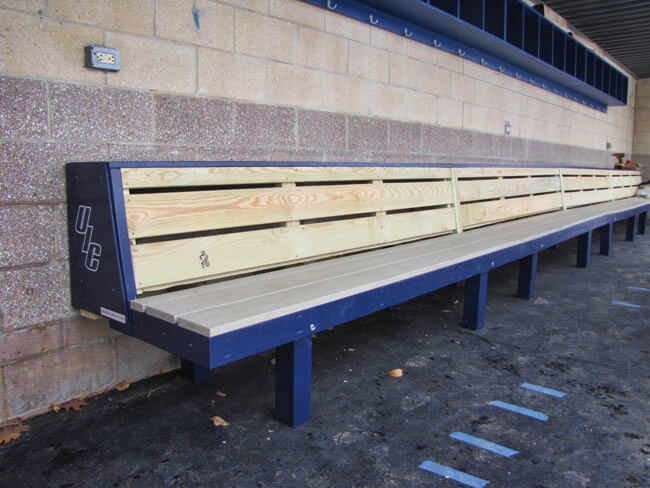
How deep is your bench? Assessing your assistant principals’ readiness. As we stated in Part 1 of “Building Capacity in Assistant Principals”, it may be up to the assistant principal to seek out opportunities on their own or it can be a collective effort between a principal and their assistant. In some districts, assistant principal development […]
Building Capacity in Assistant Principals: How Deep is Your Bench? (Part 1)
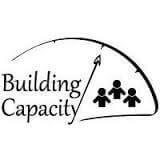
Building Capacity in Assistant Principals: Is on the job training enough? A lot has been written about professional development for teachers over the past few years. While I am in complete agreement that teachers need continual opportunities for professional learning, I find we are overlooking one important group of educators in our PD plans. Assistant […]
